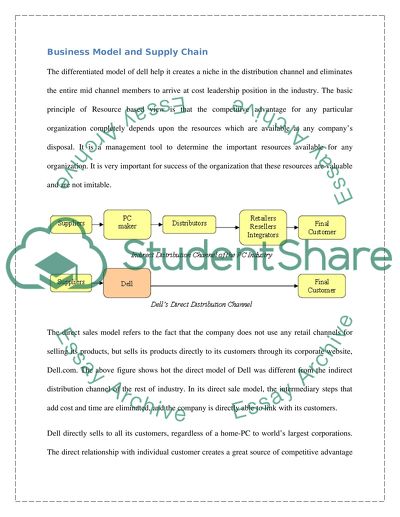Cite this document
(“Supply Chain Essay Example | Topics and Well Written Essays - 2000 words”, n.d.)
Retrieved from https://studentshare.org/environmental-studies/1412412-supply-chain
Retrieved from https://studentshare.org/environmental-studies/1412412-supply-chain
(Supply Chain Essay Example | Topics and Well Written Essays - 2000 Words)
https://studentshare.org/environmental-studies/1412412-supply-chain.
https://studentshare.org/environmental-studies/1412412-supply-chain.
“Supply Chain Essay Example | Topics and Well Written Essays - 2000 Words”, n.d. https://studentshare.org/environmental-studies/1412412-supply-chain.


